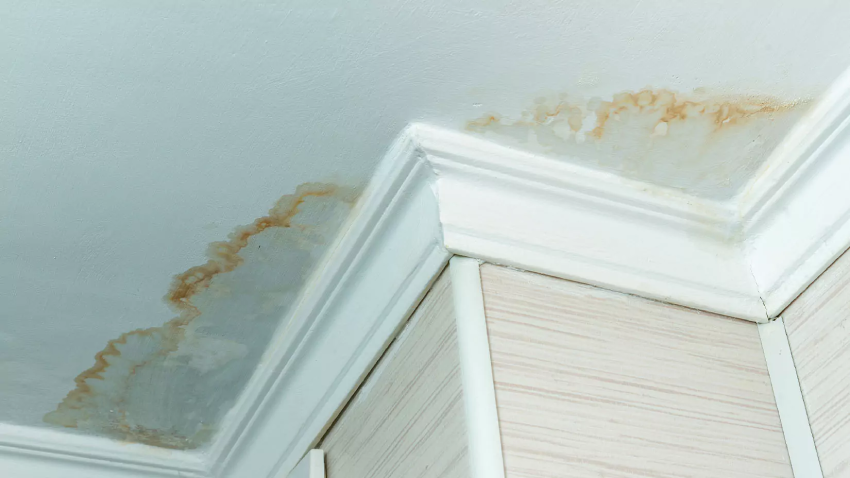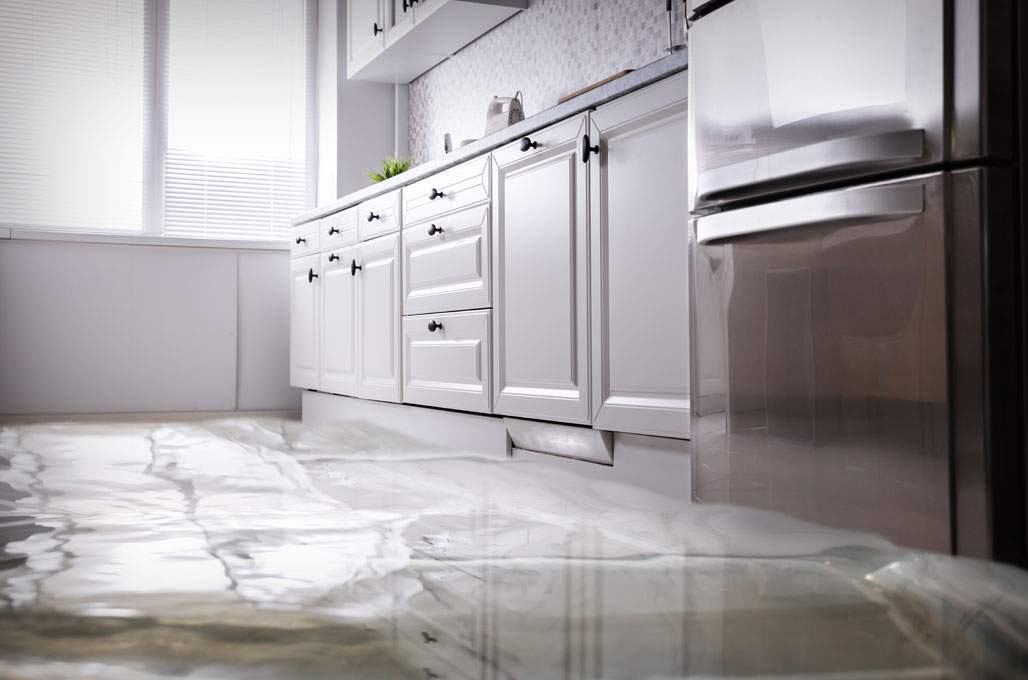Expert Water Extraction Services to Safeguard Your Property from Damage
Expert Water Extraction Services to Safeguard Your Property from Damage
Blog Article
The Process of Water Damages Clean-up: Guaranteeing Your Home Is Brought Back Successfully
Water damage can be a challenging obstacle for house owners, requiring a meticulous and structured clean-up process to bring back safety and security and capability. damage restoration services. Following this, effective water extraction techniques play a critical function in alleviating further harm.
Analyzing the Damage
Upon discovering water damages, the initial step is to completely analyze the extent of the influence. This initial examination is critical, as it aids identify the necessary actions for efficient cleaning and remediation. Begin by examining the impacted locations, including wall surfaces, ceilings, floorings, and individual valuables, to recognize the resource of the water intrusion, whether from flooding, leakages, or condensation.
Documenting the damages is vital for both insurance policy cases and intending reconstruction efforts - damage restoration services. Usage photos and written notes to catch the extent of the damage, keeping in mind any kind of afflicted architectural aspects and materials. Pay unique interest to areas that might not be right away visible, such as behind wall surfaces and under rugs, as hidden dampness can result in further complications, including mold and mildew development
Furthermore, examine the timeline of the water exposure. The longer the products stay wet, the greater the capacity for damage. Comprehending the period of exposure will educate the urgency of removal efforts. Inevitably, an extensive evaluation prepares for an effective water damages cleanup process, ensuring that all impacted locations are attended to effectively and extensively.
Water Removal Techniques

Specialists typically use submersible pumps for bigger quantities of water, which can quickly reduce flooding in basements or other influenced locations. For smaller sized quantities, wet/dry vacuums are often used to remove recurring wetness from carpets and hard surface areas. Furthermore, utilizing mobile extractors permits for targeted removal in confined rooms or locations with delicate materials.
In circumstances of polluted water, such as sewage or floodwater, progressed removal methods may entail the use of biohazard equipment to make certain safety and security and conformity with health laws. High-powered removal tools are crucial in decreasing water retention in architectural materials, which can bring about mold and mildew growth and architectural degeneration if not resolved immediately.
Ultimately, the performance of water extraction strategies plays a critical duty in the general success of the water damages clean-up procedure, laying the groundwork for succeeding repair initiatives.
Drying and Dehumidification
When standing water has been successfully extracted, the following crucial stage in the water damages clean-up process is drying and dehumidification. This step is necessary to protect against further damage and mold and mildew growth, which can take place within 24 to two days in wet environments.
To accomplish reliable drying, specific tools such as industrial-grade air movers and dehumidifiers is utilized. Air moving companies flow air across wet surface areas, boosting evaporation rates, while dehumidifiers minimize moisture degrees in the air, promoting a favorable atmosphere for drying out. The mix of these devices guarantees that wetness is extracted from walls, home furnishings, and floorings, permitting them to completely dry thoroughly.
It is essential to keep an eye on the drying out procedure very closely. Specialists typically make use of dampness meters to analyze the moisture material in numerous products, guaranteeing that all impacted locations reach acceptable dryness levels. This thorough method assists to stop covert wetness pockets that might cause architectural damages or unhealthy mold growth.

Cleansing and Sterilizing
After the drying and dehumidification phase is full, the following important action in water damage cleanup is cleansing and disinfecting the impacted areas. This procedure is vital to stop the growth of mold and mildew, germs, and other virus that flourish in damp settings.
The cleaning phase commonly includes getting rid of any type of debris, dust, and pollutants from surfaces making use of specialized cleaning up representatives. For difficult surface areas, a combination of soap and water or commercial cleaning items is commonly employed. Soft products, such as upholstery and rugs, might need extra substantial cleaning techniques, including heavy steam cleansing or deep extraction strategies, to guarantee thorough cleanliness.

Sanitizing adheres to cleaning, using EPA-approved anti-bacterials to eliminate dangerous bacteria. This step is necessary, specifically in areas that may have entered into contact with floodwaters or sewer, as these sources can position significant health dangers.
Furthermore, it is very important to deal with any type of staying smells, which might require the use of odor neutralizers or sophisticated strategies like ozone therapy. Correct cleansing and disinfecting not just restore the safety and hygiene like this of your home but likewise prepared for successful repair and repair services in succeeding phases of the water damages clean-up Your Domain Name procedure.
Repair and Fixings

Once the assessment is full, reconstruction initiatives can begin. This commonly involves fixing or changing broken materials, making sure that all work abides by regional building codes and criteria. For example, if drywall has been endangered, it will certainly need to be gotten rid of and replaced with brand-new material. Additionally, floor covering may need similar interest, depending on the degree of water exposure.
It is vital to engage knowledgeable restoration experts throughout this process, as they have the competence to handle complicated fixings efficiently. They can aid mitigate prospective future problems, such as mold and mildew growth or architectural instability, hence ensuring a habitable and safe living atmosphere. Inevitably, reliable remediation and fixings restore the home's integrity and improve its general worth.
Conclusion
In final thought, the process of water damages cleaning is crucial for recovering a home to its pre-damage condition. Each stage, from evaluating the damage to carrying out reliable water removal techniques, adhered to by detailed drying, disinfecting, and essential repairs, plays a vital function in making sure security and conformity with building requirements. Effective implementation of these steps not only reduces immediate damages yet additionally improves the long-lasting integrity and value of the residential property.
Water damages can be an overwhelming difficulty for black water damage property owners, demanding a organized and precise cleaning process to bring back safety and security and performance. Ultimately, a thorough evaluation lays the foundation for a successful water damages cleanup procedure, ensuring that all impacted areas are attended to efficiently and extensively.
Effective water removal strategies are vital in mitigating damages and preventing additional difficulties following a water invasion occasion.In conclusion, the process of water damages cleanup is important for recovering a home to its pre-damage condition. Each phase, from examining the damages to carrying out effective water extraction strategies, followed by thorough drying out, sanitizing, and needed fixings, plays a necessary duty in ensuring security and conformity with structure standards.
Report this page